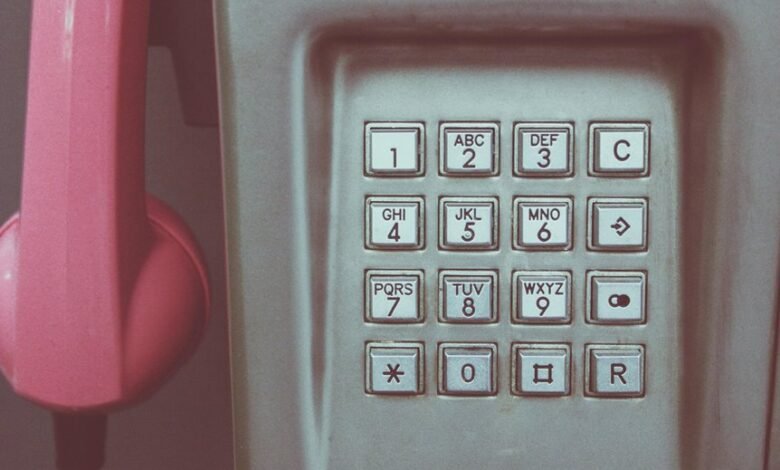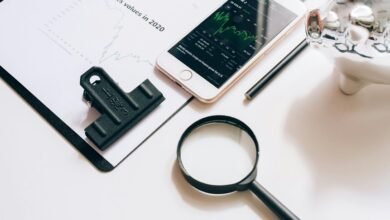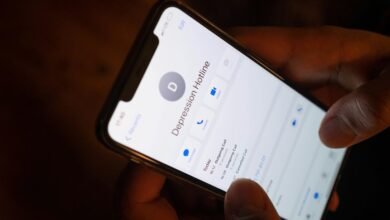Who Called Me From 2604835342, 2622635147, 2629998017, 2672232367, 2672935009, and 2676271705? Verify Now

The increasing frequency of unknown calls from numbers such as 2604835342, 2622635147, 2629998017, 2672232367, 2672935009, and 2676271705 raises concerns about their origins. Analyzing these numbers can provide insights into potential scams or telemarketing efforts. Understanding the caller’s identity is crucial for maintaining privacy and security. However, the methods for verification may not be straightforward, prompting one to consider the implications of ignoring these calls.
Understanding the Origin of the Numbers
Understanding the origin of phone numbers is crucial for identifying the source of calls, particularly in an era marked by increased telecommunication fraud.
Number tracing techniques enable individuals to ascertain the geographical and service provider details associated with a caller.
Effective caller identification relies on this information, empowering users to make informed decisions about engaging with unknown or suspicious contacts, thus enhancing personal autonomy.
Identifying Potential Scams and Spam Calls
How can individuals effectively discern between legitimate calls and potential scams?
Analyzing caller ID can reveal inconsistencies, such as unfamiliar numbers or spoofed identities common in spam calls.
Furthermore, recognizing patterns, like aggressive sales tactics or requests for personal information, can aid in identifying fraudulent intentions.
Vigilance in evaluating these indicators is essential for safeguarding personal information and maintaining autonomy over communication.
Tips for Protecting Your Privacy and Security
Recognizing potential scams and spam calls is only the first step in a broader strategy for safeguarding personal privacy and security.
Individuals must prioritize data protection through the use of encrypted communication tools and secure passwords.
Regularly updating software and being cautious of sharing personal information also enhances security.
Adopting these measures fosters a culture of vigilance, empowering individuals to maintain their privacy in an increasingly digital landscape.
Conclusion
In the digital landscape, where shadows of uncertainty loom, the numbers 2604835342, 2622635147, 2629998017, 2672232367, 2672935009, and 2676271705 serve as echoes of potential threats. Vigilance acts as a beacon, illuminating the path toward informed decision-making. By employing caller identification techniques, individuals can navigate this intricate web of communication, safeguarding their privacy like a shield against encroaching darkness. Ultimately, awareness transforms uncertainty into clarity, empowering individuals to reclaim control over their telephonic interactions.




